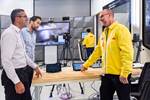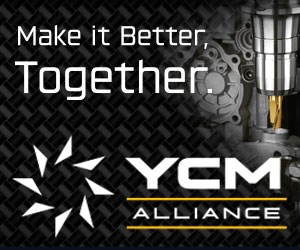Cylinder Design Eliminates Need for Water Cooling Actuators
The new HRScool cylinder design from HRSflow eliminates the need for water cooling of the corresponding actuator due to the twice optimized temperature management system.
The new HRScool cylinder design from HRSflow eliminates the need for water cooling of the corresponding actuator due to the twice optimized temperature management system. This system includes insulating supporting columns with a minimal contact surface, reducing the input of heat from the hot runner to the cylinder housing. It includes a cover with a large, flat surface made of thermally conductive material. The integrated telescopic design enables maximum heat dissipation from the cylinder to the cold platen.
Since HRScool eliminates the need for elements such as cooling lines, channels and connections, assembly and handling costs are reduced, problems with clogged cooling circuits and hydraulic fluids degradation are decreased, machine availability increases and operating costs are lowered. The system’s compact design takes up less space in the molding tool, resulting in an optimum uniform temperature distribution along the entire hot runner system and achieving higher molding quality. With the bayonet coupling, the valve pin can remain in the hot runner system when cylinders need to be removed.
Related Content
-
Women Impacting Moldmaking
Honoring female makers, innovators and leaders who are influencing our industry's future.
-
MMT Chats: Marketing’s Impact on Mold Manufacturing
Kelly Kasner, Director of Sales and Marketing for Michiana Global Mold (MGM) talks about the benefits her marketing and advertising, MGM’s China partnership and the next-generation skills gap. This episode is brought to you by ISCAR with New Ideas for Machining Intelligently.
-
Machine Hammer Peening Automates Mold Polishing
A polishing automation solution eliminates hand work, accelerates milling operations and controls surface geometries.





.png;maxWidth=300;quality=90)


.jpg;maxWidth=300;quality=90)



